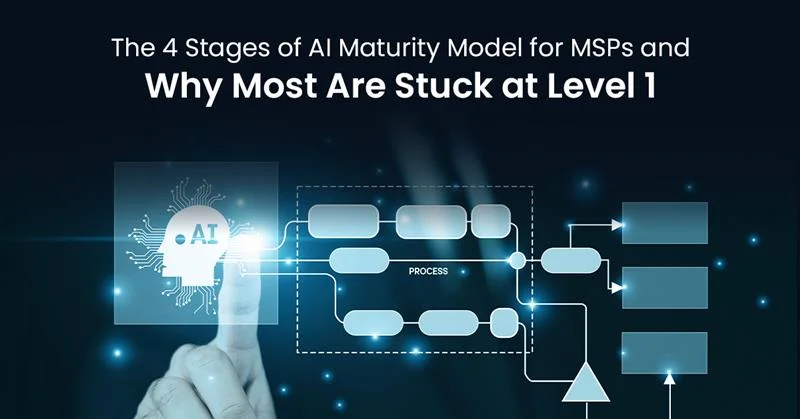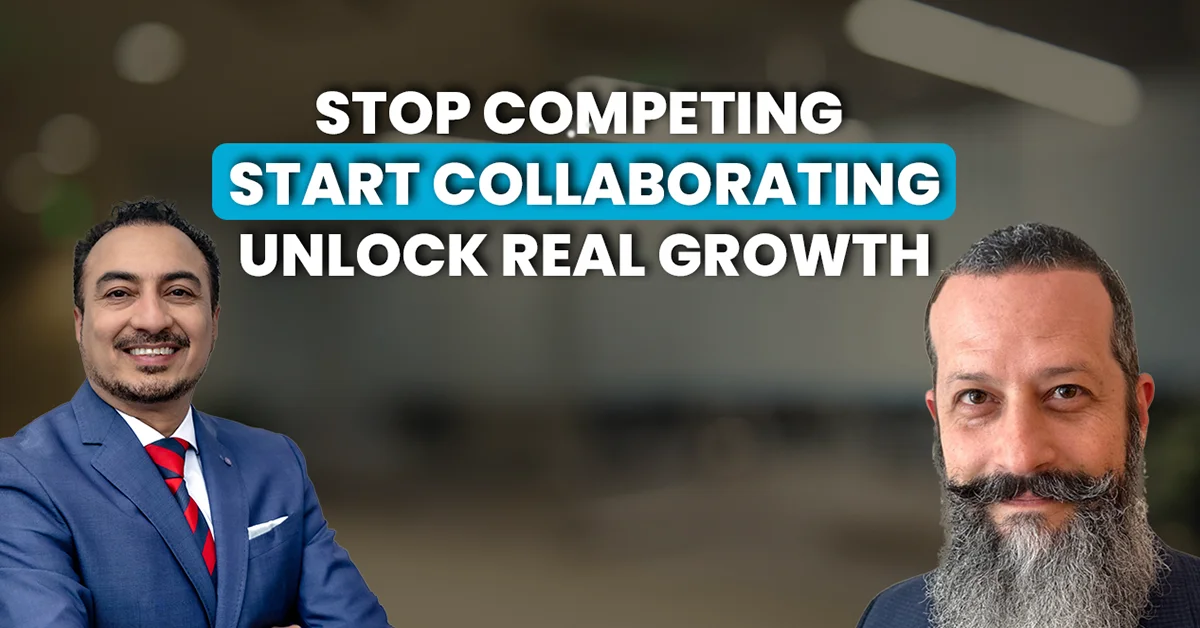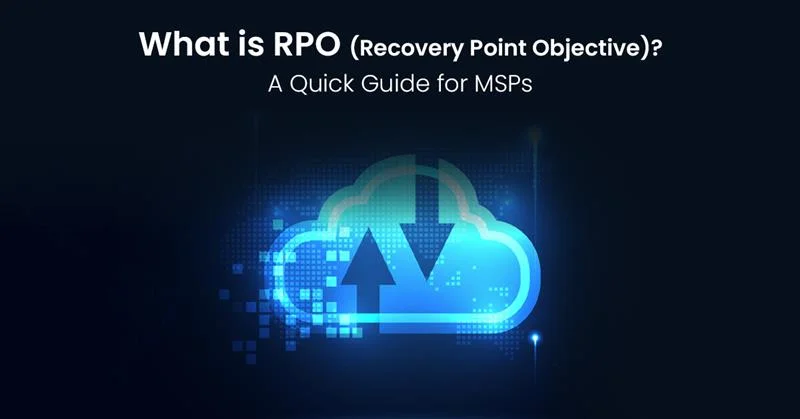There’s a running joke on social media about office politics—your office bestie, passive-aggressive emails, and the unspoken drama that bubbles beneath the surface. Thankfully, we don’t deal with much of that in our organization. Maybe that’s a luxury, or maybe it’s because I’m the owner and could be missing something—but I hope not. I like to think I’m emotionally aware enough to spot tension when it’s there. Still, we are a very large organization, and it’s impossible to know every dynamic at play. So while we can hope, we can’t guarantee.
But even in the healthiest workplaces, you’re going to work with people you don’t get along with. And here’s the thing—that’s okay.
We’ve confused “liking” someone with “respecting” someone. You don’t have to be close with your coworkers, but you do have to respect the value they bring to the table. A workplace isn’t successful because everyone gets along. It’s successful when people stay focused, communicate clearly, and do excellent work—regardless of personality differences.
Too often, people get wrapped up in workplace politics. A comment rubs them the wrong way, or a piece of feedback feels too direct. And instead of focusing on the work, the energy shifts to personal conflict. It becomes a tough—and potentially dangerous—situation to be in. At the end of the day, we’re not here to win popularity contests. We’re here to do the job we were hired to do—and hopefully, do it well.
That’s especially true in leadership.
I like getting things done. I show up every day to work hard, and I expect the same from my team. But that doesn’t mean I turn a blind eye to conflict or avoid accountability just to keep the peace. It’s my responsibility to hold people to a standard—even when it’s uncomfortable. Whether that makes me liked or not is beside the point. I have to think big picture. For me, that’s 800 families relying on us. Our decisions have to reflect them—not just how someone in the office feels about me on a given day.
If you’re stepping into leadership, this is a lesson worth learning early: you are not here to be liked—you are here to lead well. And leading well means communicating honestly, offering feedback, and addressing problems directly. It’s easy to cheer people on when things are going great. The real test is whether you can show up with the same clarity and care when it’s tough—and when it’s harder to deliver.
Now, that doesn’t mean we have to be harsh. We can lead with kindness. But kindness and clarity are not opposites—they’re partners. The best workplaces are built on direct, respectful communication, not sugarcoated avoidance.
So how do we walk that fine line?
Stop taking things personally. Accept that not everyone will be your friend. Focus on building trust, not chemistry. And when you hit a personality mismatch—which you will—remember that difference doesn’t equal dysfunction. Some people won’t laugh at your jokes, no matter how funny you think they are. That’s okay. Others might be blunt when you’re more sensitive. That’s life. That’s work.
As long as everyone is contributing, doing quality work, and treating each other with respect, that’s a win. We don’t need perfect harmony—we just need mutual understanding and enough emotional maturity not to let minor differences spiral into major dysfunction.
In the end, it’s okay not to like everyone you work with. What matters more is that you can work with them anyway.








